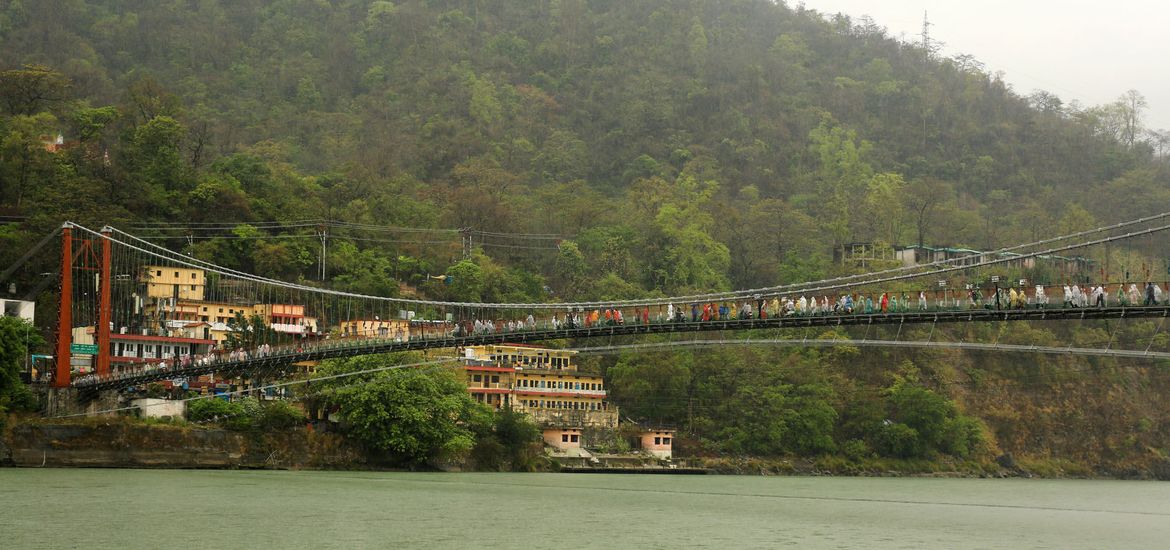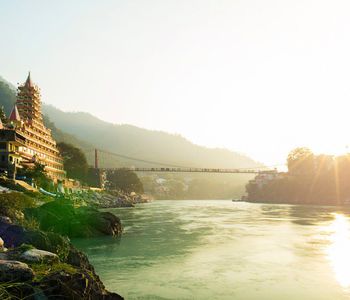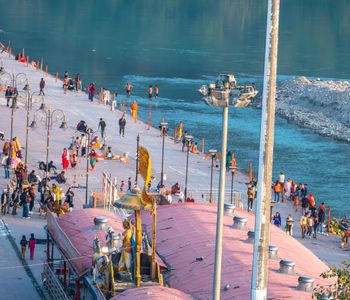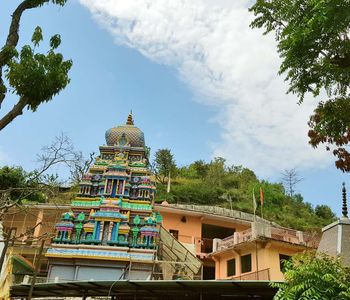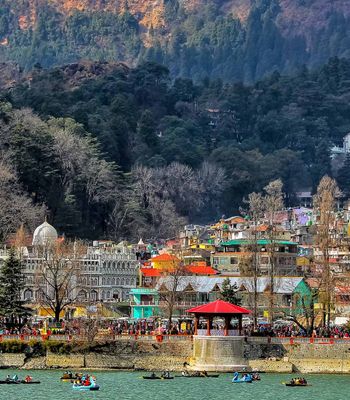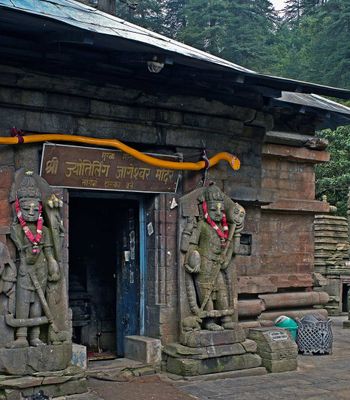Have you ever wondered what it feels like to walk on the ghats of the holy Ganga while hymns of bhajans, temple bells, and the exquisite beauty of the Himalayas are all you can hear? At the juncture of tranquillity and sanctity in Rishikesh lies the famed Ram Jhula, a suspension bridge like no other.
Not only does it connect the two sacred areas of Muni Ki Reti and Swarg Ashram, but it also connects people with a deeper sense of calm and devotion—something more beautiful, something more sacred.
A Walk Through History: How Ram Jhula Was Built
Ram Jhula was constructed in 1986 to allow people to cross the Ganga safely. The only way to cross from one side to the other was to use a ropeway or a small boat before the bridge was built.
The well-known spiritual organisation Divine Life Society helped build the bridge. It is named after Lord Ram, one of the most worshipped gods in Hinduism.
It enabled devotees, saints, and visitors to cross seamlessly from the ashrams on one side to the temples on the other. Eventually, it turned into a point of attraction for Rishikesh and became a more than mere travel medium.
Iron, Air & Awe: The Stunning Architecture of Ram Jhula
Built with strong iron cables and plated metal, Ram Jhula’s airy, relatively long, and swaying architecture creates a unique walking experience that is both exhilarating and serene.
Key highlights of the architecture include:
- Suspension Bridge: It's a suspension bridge, about 450 feet (137 meters) long, mostly made of steel. It sways slightly when people walk across it, adding a bit of zing to the experience.
- Pedestrian and Two-wheeler Path: Since Ram Jhula is designed wide enough to accommodate both people and two-wheelers, it ensures no hindrance while crossing between the two ghats.
A Path Between Worlds: What Ram Jhula Truly Connects
Ram Jhula connects two very significant parts of Rishikesh:
- Muni Ki Reti: A peaceful place dotted with ashrams, yoga centres, and ghats. Here, you can rest beside the river and enjoy the peaceful environment. This is where you’ll find the famous Shivananda Ashram.
- Swarg Ashram: Swarg is one of the oldest ashram areas in Rishikesh. Moreover, it has hundreds of temples, bookshops, cafes, and spiritual centres. You’ll find the Parmarth Niketan Ashram here, known worldwide for its Ganga Aarti every evening.
Beyond the Bridge: Must-See Spots Around Ram Jhula
There’s a lot to see and do around Ram Jhula. Some of the top places and experiences include:
Parmarth Niketan Ashram
This is one of the biggest and most beautiful ashrams in Rishikesh. People come here from all over the world to learn yoga, meditation, and Indian philosophy. The ashram also has a huge statue of Lord Shiva facing the river. In the evening, the Ganga Aarti held here is magical. Hundreds of people sing prayers, light lamps, and sit in peace by the river.
Gita Bhawan
Located near Ram Jhula, this place is very peaceful. It has many rooms, temples, and halls where people read holy books and meditate. There is also a free Ayurvedic clinic and bookshops that sell spiritual books.
Swarg Ashram
Swarg Ashram is a spiritual community filled with ashrams, shops, cafes, and yoga schools. You can spend hours here walking, shopping, or enjoying a quiet meal near the river.
The Beatles Ashram
Also known as Chaurasi Kutia, this old ashram became famous when The Beatles visited it in the 1960s to learn meditation from Maharishi Mahesh Yogi. Now, it is covered with colourful art and attracts people who love music, meditation, or want to explore something different.
Secrets in Steel: Fascinating Facts About Ram Jhula
Here are some lesser-known facts about Ram Jhula:
- Not the Only One: There is another similar bridge nearby called Lakshman Jhula, which is also very famous. But Ram Jhula is slightly longer and less crowded.
- No Toll: There is no ticket or toll to cross Ram Jhula. It’s free for everyone.
- Lighting at Night: In recent years, lights have been added to the bridge, making it shine beautifully after sunset.
The Best Time to Soak in Ram Jhula's Magic
Rishikesh can be visited all year, but the best months are from October to March. The weather is cool and perfect for walking, exploring, and attending the evening Ganga Aarti.
If you visit during summer (April to June), the days can be hot, but mornings and evenings are still pleasant. During the monsoon season (July to September), it rains a lot, and the Ganga flows with full force. While the view is beautiful during this time, be careful as the roads can be slippery.
Early mornings and evenings are the best times of the day to visit Ram Jhula. The light is perfect for photography, and the crowds are smaller.
Getting There Gracefully: How to Reach Ram Jhula?
Reaching Ram Jhula is very easy. Rishikesh is well-connected by air, train, and road. Here’s a quick guide:
By Air
The nearest airport is Jolly Grant Airport (DED) in Dehradun, about 21 km from Ram Jhula. From the airport, you can take a taxi or a cab, and it will take around 35 minutes to reach.
By Train
Rishikesh Railway Station is the closest station, about 4 km from Ram Jhula. Another nearby station that offers better connectivity is Haridwar Railway Station, about 28 km away. From either station, you can get auto-rickshaws or cycle rickshaws easily and reach in about 15 minutes.
By Road
Rishikesh is well-connected to cities like Delhi, Haridwar, and Dehradun. You can take buses or drive your own car. Once you reach Rishikesh, auto-rickshaws or cycle rickshaws will take you to Ram Jhula.
Ram Jhula is a doorway into the heart of Rishikesh’s spiritual life. Whether you’re on a religious journey, a yoga retreat, or just exploring the beauty of India, Ram Jhula offers peace, history, and beauty all in one place. Walking across Ram Jhula, with the sacred Ganga below and the chanting sounds in the air, is a memory you’ll always carry in your heart.
